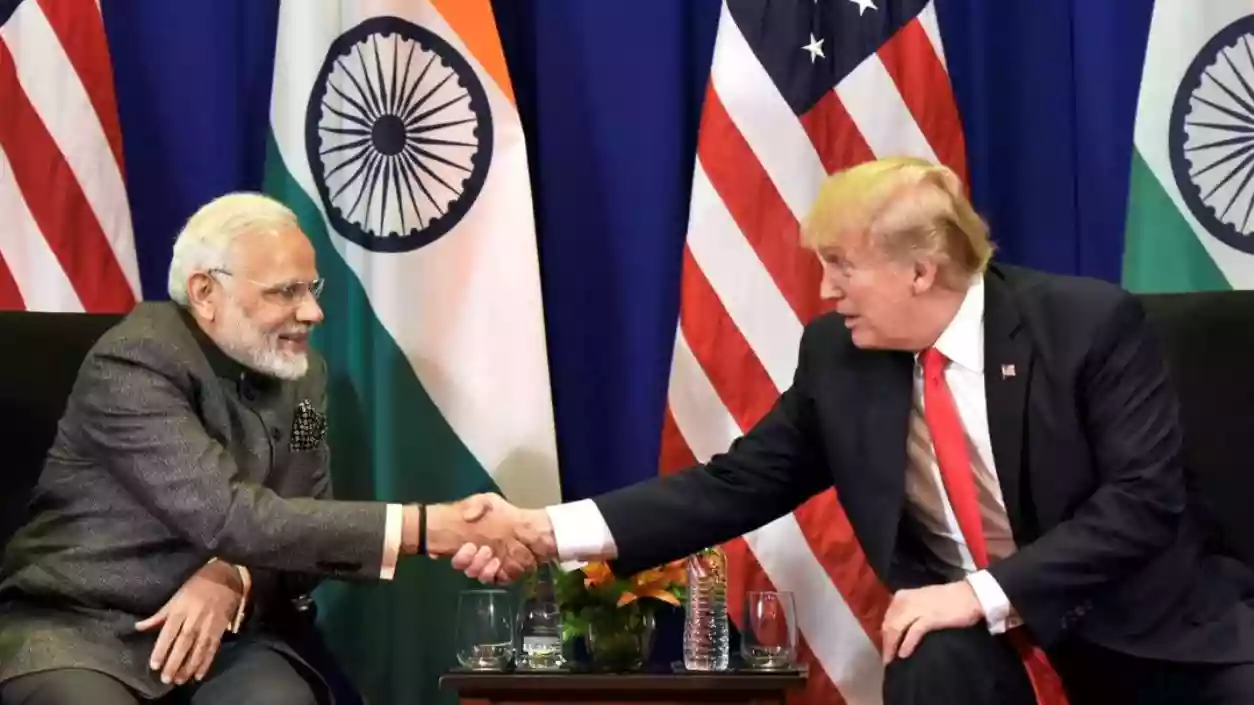.gif)
.gif)

A U.S. military C-17 aircraft has departed for India, carrying approximately 200 Indian nationals as part of the Trump administration’s ongoing efforts to deport undocumented migrants. This marks the first such deportation flight to India since President Trump assumed office in January 2025. The aircraft, a heavy-lift transport capable of carrying up to 130 people, is expected to reach its destination in India after at least 24 hours. While U.S. officials have not confirmed the exact number of passengers on this specific flight, the overall deportation strategy involves the use of military aircraft for transporting large numbers of deported migrants.
This deportation flight is part of a broader strategy by the Trump administration to intensify efforts against illegal immigration. The Pentagon has been increasingly utilized to handle deportations, and the C-17 aircraft is the latest in a series of military transport flights. Previously, similar flights have carried deported migrants to Latin American countries such as Guatemala, Peru, and Honduras. The shift to military aircraft for deportations, while more costly than using commercial flights, allows for the transport of a large number of individuals in a single flight, at an estimated cost of $4,675 per migrant for flights to countries like Guatemala.
In fiscal year 2024, the U.S. Department of Homeland Security deported over 5,000 migrants from areas like El Paso, Texas, and San Diego, California, with military aircraft being a key tool in these efforts. While the cost of military deportation flights is high, the U.S. government has justified the expense as part of a broader strategy to enforce its immigration laws and combat illegal immigration. The use of military aircraft has drawn international attention, particularly as some countries, like Colombia, have initially opposed the use of military flights for deportations, only to reverse their stance following U.S. diplomatic pressure.
India has agreed to accept the deported nationals, but only after verifying their nationality. The Indian government has expressed a firm stance against illegal immigration, which it links to organized crime and national security risks. India has previously indicated its willingness to cooperate with the U.S. on deportations of Indian nationals. As part of this cooperation, India will facilitate the return of individuals who have overstayed their visas or entered the U.S. unlawfully, though the Indian government requires proof of nationality before accepting deportees.
The U.S. government’s efforts to deport undocumented Indian migrants have been ongoing, with figures from the Department of Homeland Security suggesting that there are around 18,000 Indian nationals living illegally in the U.S. During a briefing, officials confirmed that over 1,100 Indian nationals were repatriated from the U.S. between October 2023 and September 2024. Deportations are a key aspect of the Trump administration’s broader immigration enforcement measures, which include tighter border controls and expanded efforts to target human trafficking networks and other illegal immigration facilitators.
In addition to the deportation flights, U.S. officials have emphasized the need for increased public awareness in both the U.S. and India regarding the risks associated with illegal migration. The U.S. has warned about the dangers of human trafficking and unscrupulous migration agents who deceive potential migrants about legal pathways to enter the country. To further address the issue, the U.S. and Indian governments are working together on initiatives to prevent illegal immigration, with a focus on improving access to legal migration pathways and reducing the number of people attempting to enter the U.S. without authorization.